Don’t Let Bad Space Kill Your Great Business. Here’s How.
You’ve reached that critical moment. Your business is growing, inventory is taking over your dining room, your spouse is giving you “the look,” and you’re wasting hours shuttling packages to shipping stores. You’ve proven your business model works, but now you need real space to scale.
This transition comes with substantial financial considerations that go far beyond monthly rent. After observing hundreds of businesses make this move, WareSpace CFO Jeffrey Giese is sharing our step-by-step guide to evaluate the true costs of different warehouse options so you can make smart financial decisions during this critical growth phase.
Hidden Traps & Land Mines
Small businesses transitioning from home operations face a harsh reality when exploring warehouse options. The standard commercial real estate market simply wasn’t built with you in mind.
“Step one is they’ve moved out of their garage,” Giese explains. “They’ve started a business, they’ve proved it to be successful. Now they want to scale, and they’ve learned that there’s either not enough space in their house, their garage, or they’re trying to operate out of a storage unit where it’s just… you can’t deliver inventory there.”
Most businesses at this stage encounter a painful gap in the market:
- Severe shortage of appropriate spaces – “If you go online right now and search for small warehouse space under 2,000 square feet in the DMV, you quite literally may find less than 15 options in the whole DMV.”
- Substantial upfront costs – Traditional warehouses require significant capital expenditures (racking, equipment, deposits) that divert money away from inventory and growth.
- Personal financial exposure – “If you don’t complete this lease for 5 years or 3 years, I’m coming after you personally. So it’s a big risk.”
- Self-storage limitations – Many try using storage units but discover they prohibit business operations and package delivery.
Pay for What You Use, Not What You Don’t
The core financial thesis for businesses at this stage is straightforward: preserve capital and maintain flexibility rather than locking into traditional leases with long terms and high upfront costs.
“Small warehouse providers give these folks an adequately sized unit for a fixed fee. That includes utilities, internet, access to the dock, all of that stuff… It’s a very low risk investment into your business,” says Giese.
This focuses on three key principles:
- Minimizing upfront capital expenditures
- Creating predictable monthly costs
- Maintaining flexibility to scale up or down as business conditions change
The right warehouse solution at this stage should prioritize capital preservation, allowing you to direct more resources toward inventory, marketing, and other growth investments rather than facility expenses.
Four Steps to Dodge the Cash-Draining Space Trap
Step 1: Calculate Your True Space Requirements
Most business owners overestimate how much space they actually need.
“I think people almost always overestimate how much size they’re gonna need… Way too big,” cautions Giese. “You might be paying for 5,000 square feet. But what is your usable square footage? That’s key.”
- Calculate actual inventory storage needs based on current plus projected 6-month growth
- Consider which amenities (docks, offices, bathrooms) don’t need to be included in your dedicated space
- Remember that efficient shared facilities can effectively double your usable space compared to traditional warehouses
Step 2: Calculate Total Cost of Ownership for Each Option
The true cost of a warehouse goes far beyond the monthly rent figure.
“When you factor in that you’re paying for your internet, you’re paying for your gas and electric at 100% of the cost… that adds up. Just an internet bill is $150 to $200 a month, or if you want something bigger, $4-500, $200 a month for electric… $300 a quarter for water, pest control, a lot of those…”
For traditional warehouses, calculate:
- All upfront costs (security deposits, legal fees, equipment)
- Monthly expenses beyond rent (utilities, maintenance, insurance)
- Value of your time spent on facility management
- Cost of long-term commitment if business needs change
Step 3: Analyze Cash Flow Impact
“My biggest message to small businesses in any business is cash is king,” emphasizes Giese. “You really have to know your cash position at any given time… an investment in inventory is a cash outlay.”
- Determine what percentage of monthly revenue will go toward fixed space costs
- Evaluate how warehouse expenses affect your ability to invest in inventory
- Consider seasonal fluctuations in your business when calculating cash needs
- Remember: “You could have all the inventory in the world. But if you can’t pay your mortgage, you can’t pay your employees, your business is done.”
Step 4: Factor in Growth Flexibility
Businesses at this stage often experience unpredictable growth or seasonal fluctuations.
“What flexible warehouse spaces allow you to do is scale up and scale down as your business progresses, or is slowing down. So if you start with a unit now, and you say, ‘Wait a minute, we’re doing really well,’ you can always move up.”
- Calculate the costs of being locked into the wrong-sized space
- Assess how seasonal business fluctuations would impact space utilization
- Consider how quickly you can adapt if your business suddenly grows
Freed-Up Cash for What Actually Matters
Implementing this evaluation has measurable financial advantages that go beyond simple cost savings. After watching hundreds of businesses make this transition, Giese says that those who make smart space decisions unlock growth potential that the “traditional route” folks struggle to match.
Your warehouse decision isn’t just about space—it’s a pivotal financial move that can either accelerate or handicap your business at a critical growth stage.
Here’s how:
- Preserved Working Capital: Businesses can redirect $5,000-10,000 in typical warehouse setup costs directly into inventory, marketing, or other growth investments. “Without those upfront CapEx requirements for the business, you can truly, on day one, move straight into investing in your business.”
- Predictable Monthly Expenses: Fixed monthly costs eliminate budget surprises and enable more accurate financial planning. All-inclusive pricing actually costs less “when you factor in that you’re paying for your internet, you’re paying for your gas and electric at 100% of the cost.”
- Eliminated Long-Term Financial Risk: Giese says it’s a very low risk investment into your business. “It’s a short term, 6 months to one year lease where you’re not really making a large commitment on, you know, if this doesn’t work, I’m going to be bankrupt.” This flexibility is particularly valuable as global supply chain disruptions are forcing businesses to rethink inventory strategies. That’s because the business concept of just in time inventory is a risk, which is why many businesses are now carrying more inventory to proactively protect against any disruptions.
Don’t let traditional warehouse options drain the cash you need for inventory, marketing, and expansion. By making a smarter space decision now, you’ll preserve capital, maintain flexibility, and position your business for sustainable growth—without the personal financial risk that keeps so many entrepreneurs up at night.
Your business has outgrown your home. So, now is the time to make sure your next move fuels your success rather than constraining it.
Ready to scale your business?
Find the ideal warehouse space for your business at a low monthly rate, near you.
- 12+ prime locations
- 1,200+ customers
- Rated 4.8 out of 5
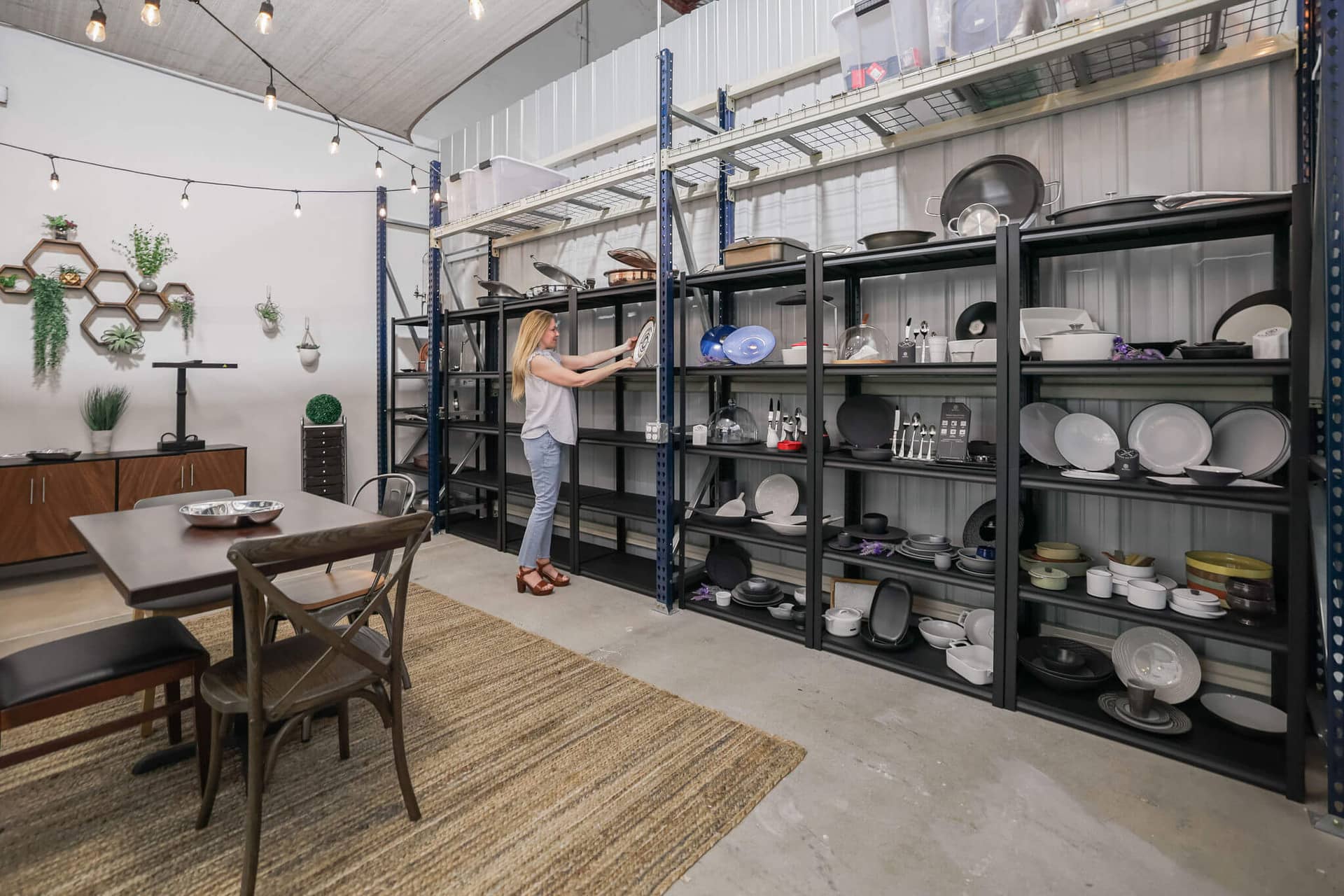
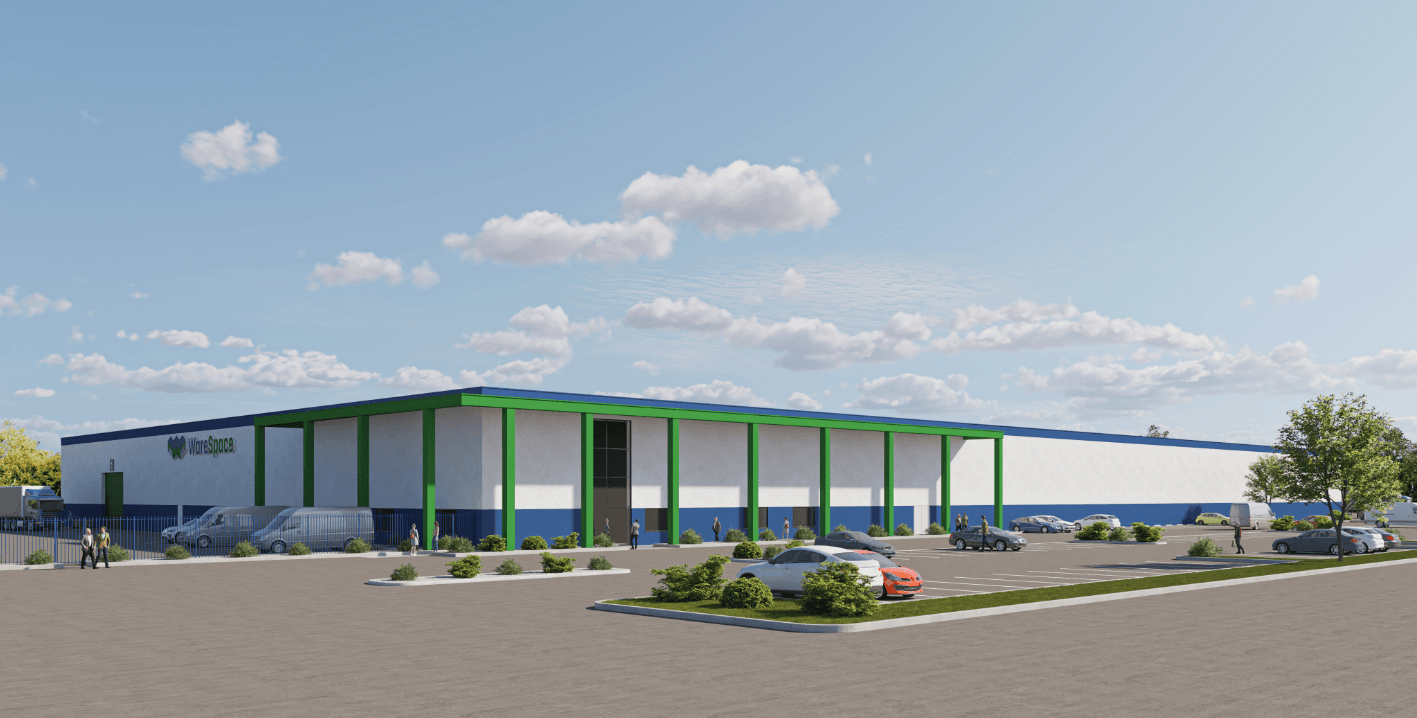
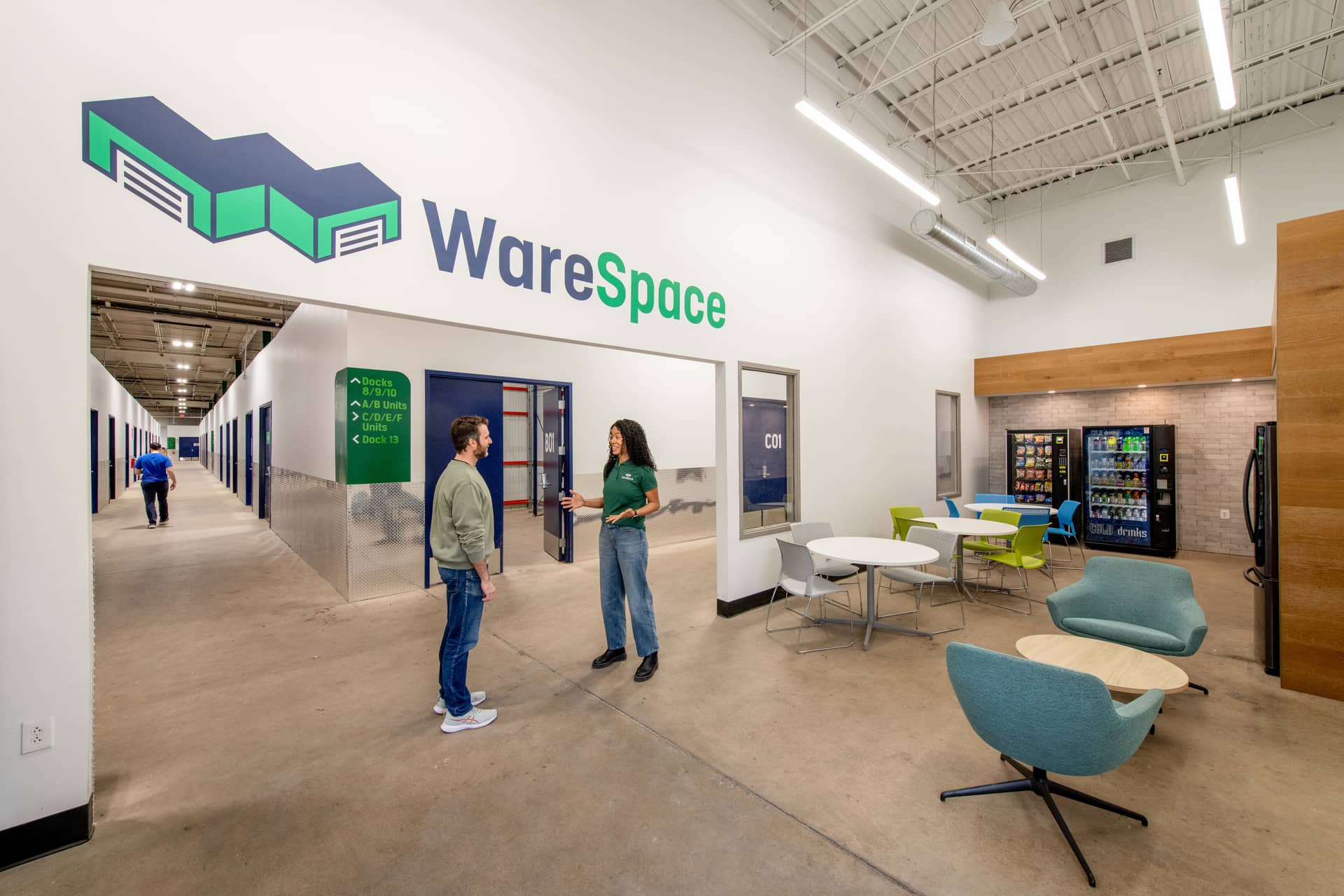

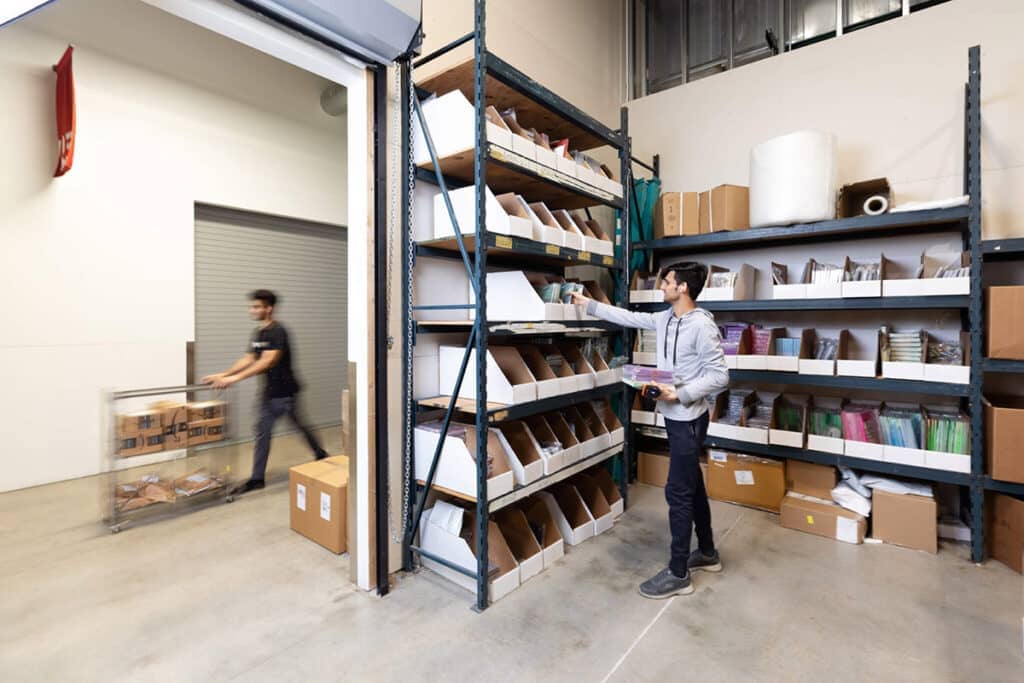
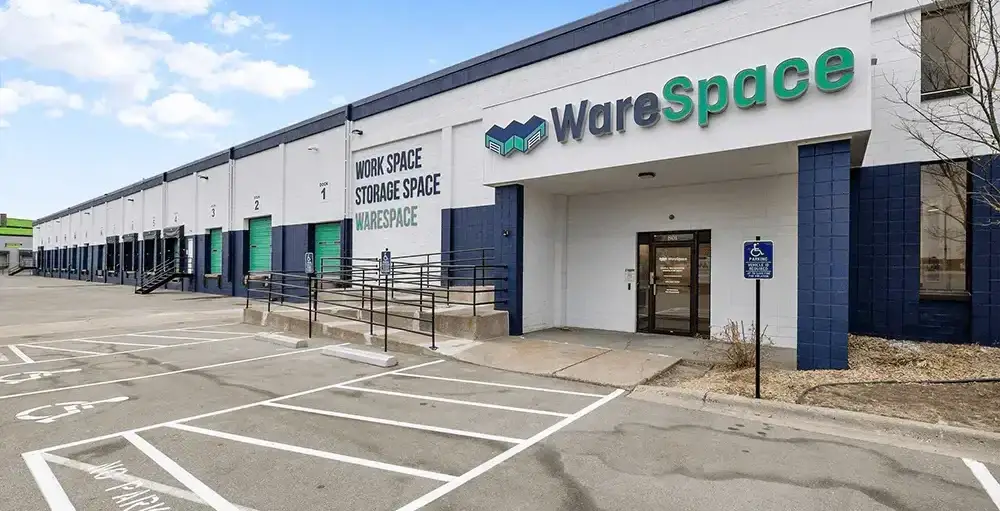
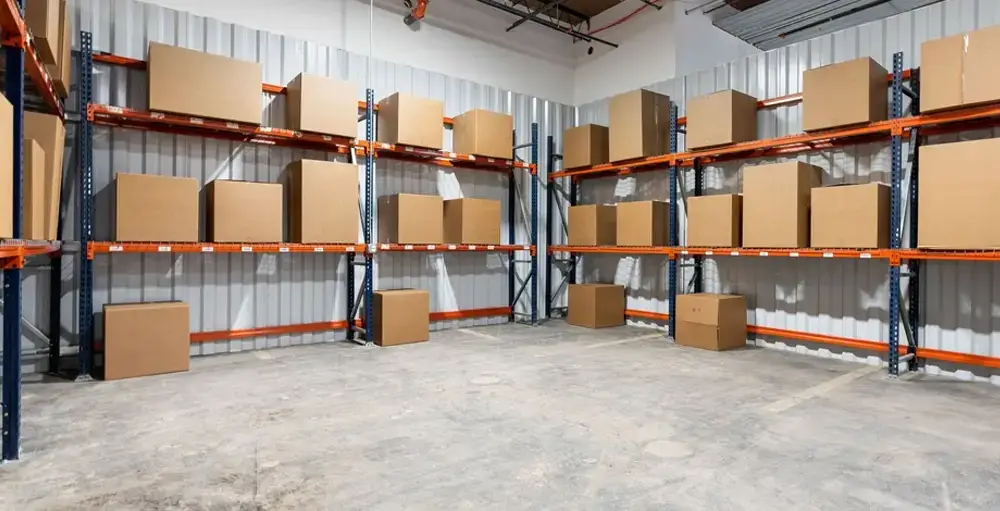
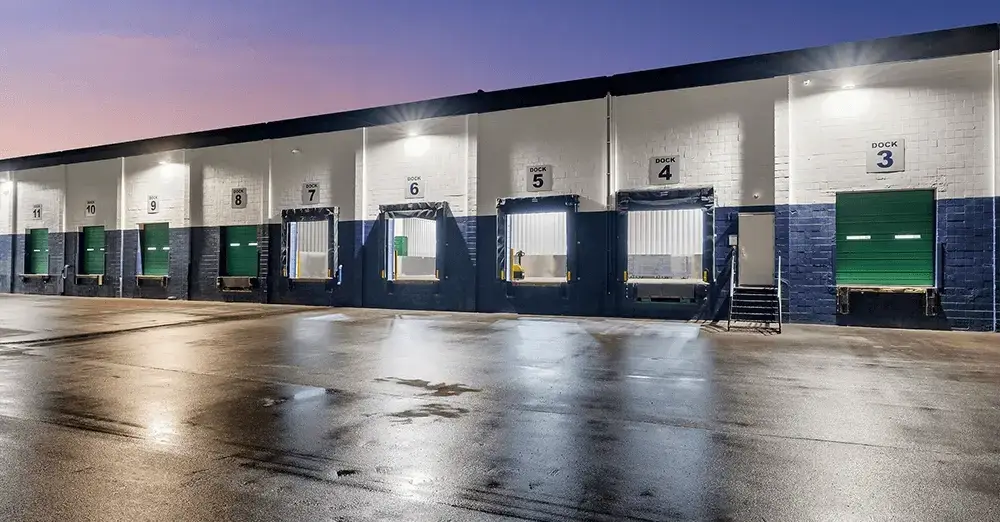
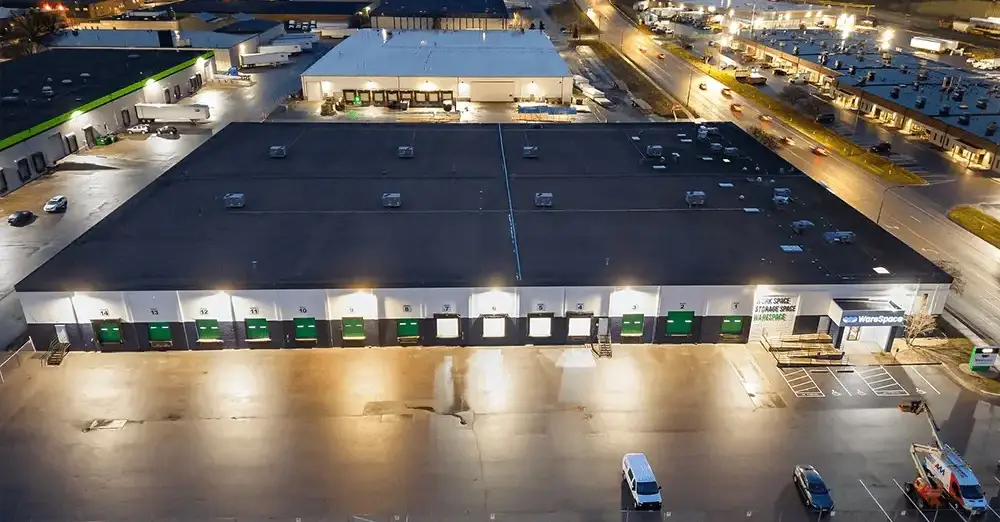











 ►
Explore 3D Space
►
Explore 3D Space